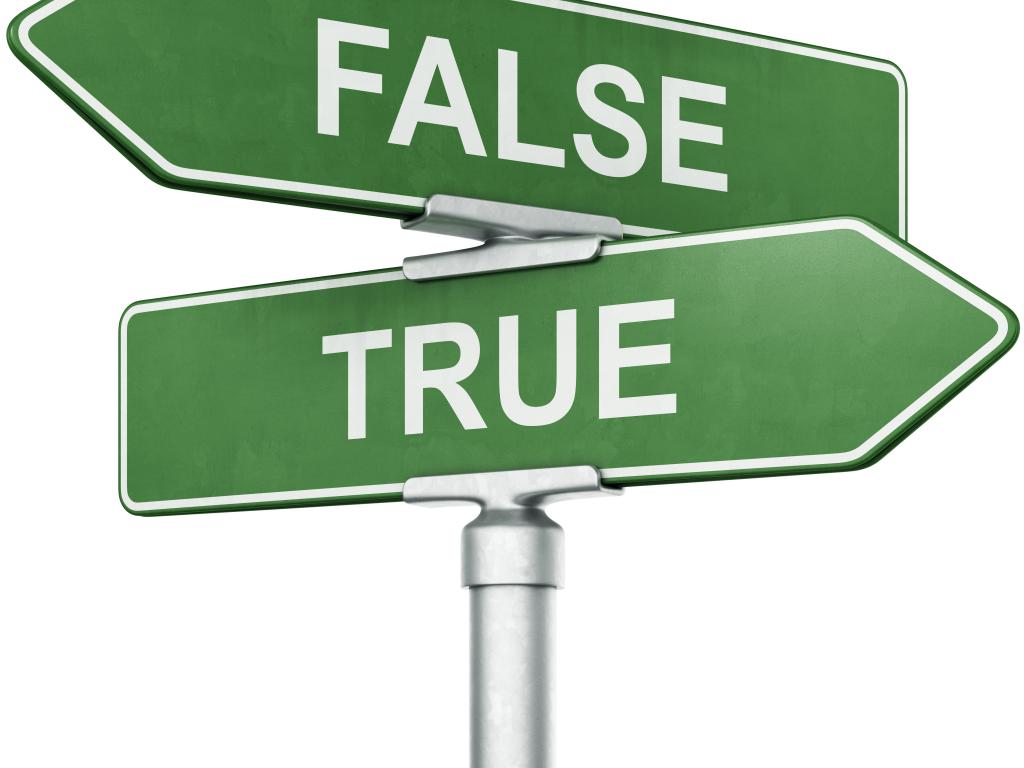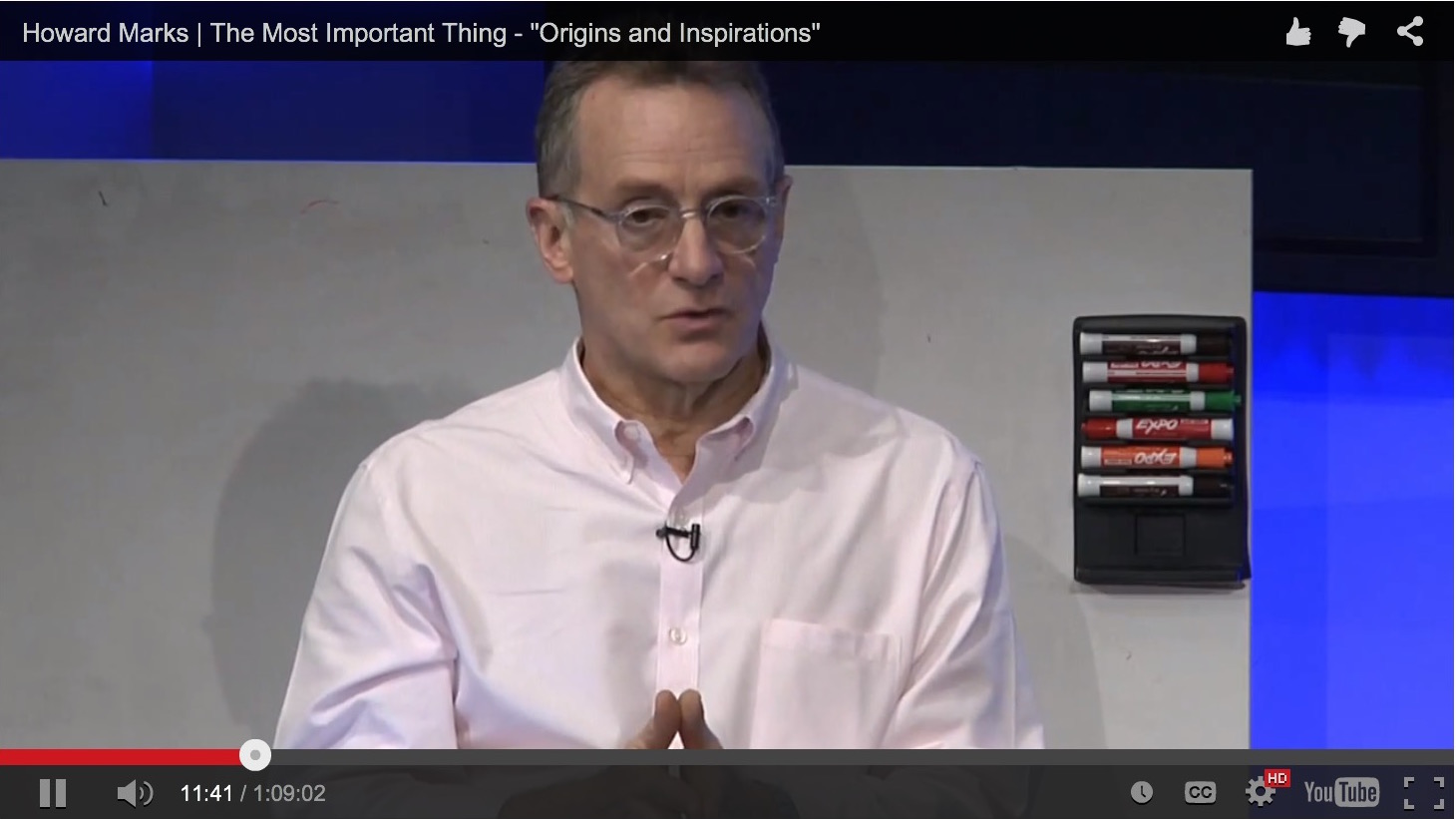With ETFs, Volume ≠ Liquidity
by Ted Bader, SIA Charts
Despite ETFs raising $100 Billion in Canada and $2 Trillion worldwide, the first question I always hear from Advisors is about liquidity and trading volume of ETFs. It is the correct question to ask, but the assumptions are false and often misleading. Having worked in the ETF industry for 10 years as part of the initial group of people at Claymore Investments, the ETF industry needs to do a better job making the advisor community feel more comfortable buying and selling ETFs.
Are ETFs Liquid enough to buy if there is no volume trading?
Most if not all advisors are familiar with the liquidity of a stock. If a stock has low trading volume then it follows that it is illiquid, most likely a small-cap stock. If an ETF has low trading volume and does not have a lot of assets, then Advisors assume it will trade similar to a small-cap stock. However, this is not the case. ETFs should be viewed similarly to a mutual fund rather than a traded security. An ETF is a holding vehicle for securities, the same as a mutual fund. Whatever liquidity is in the underlying securities gives the ETF its liquidity. No ETF provider wants an illiquid ETF, so the vast majority of ETFs out there are based on very liquid indices and have an incredible amount of liquidity in the underlying securities. But an advisor will not see that liquidity if they only look at trading volume and AUM of the ETF.
Common Misunderstandings for ETFs
The first thing every advisor should do is look at the spread between the Bid and Ask of the ETFs. With increased demand of ETFs, the spread on ETFs has tightened dramatically in the last few years. This is because ETFs are growing in size and popularity. The NAV of an ETF is the weighted average price of all the underlying securities and is updated by an auto trader, which the market makers or designated brokers update every 15 seconds (the ETF providers do not trade their own ETFs, Market Makers or Designated Brokers at the big banks are responsible for each ETF trading on the exchange). Because of the auto trader, the price an ETF trades at is incredibly accurate based on the underlying holdings and what they are doing on a daily basis. However, you cannot buy the ETF at NAV because there is a bid and ask spread between all the underlying holdings of the ETF, this can be hundreds sometimes thousands of securities. There has to be a premium paid for an advisor to buy all those securities in one low cost ticket and that is the spread you see. Now, assuming there is no daily trading volume, you still have liquidity in an ETF. If the ETF is full of Canadian securities the spread will be between approximately 2 and 4 cents; if it is full of US securities the spread will be between 4 and 6 cents; and if the ETF is full of international securities (including emerging markets) the spread can be anywhere from 6 to 10 cents. The key point here is that the NAV is the midpoint between the Bid and Ask, so when you are buying an ETF with no volume and a 4 cent spread you are effectively buying the basket of securities 2 cents above NAV, that is very liquid.
Most advisors would argue that this spread is too high, especially on lightly traded ETFs. The reality is that the market makers need to go on foreign exchanges and buy the securities and make sure they have hedged their long position every night when the market closes. If you were to buy 10% of the securities in the ETF you would be paying a spread many cents higher than what you would get with an ETF, not to mention trading costs. I also hear a lot of arguments about the price of an ETF moving away from advisors in a rising or falling market. This would be the exact same situation if you were buying or selling individual securities in rising or falling markets. The benefit of ETFs is you can always get in or out immediately if you have to. However, there will be a premium paid on getting in or out immediately. The market maker needs to make sure they have enough of the securities on hand if the market is rising, or if they can sell the securities if the market is falling. So they need to give themselves a cushion if the markets are really moving. The key point is you can always get in or out of an ETF you just might pay a cent or more if things are moving quickly. And that is a great way to make sure you have liquidity!
I also hear the argument that this doesn’t happen with mutual funds. Unfortunately it does, and we just are not privy to the buying and selling of securities in the fund as it is not transparent. The ETF is transparent to a fault, you see exactly what is happening during the day. A mutual fund goes through the same issues you just don’t see it because all you see is the closing price at the end of the day. With more knowledge about how ETFs trade, advisors can feel more comfortable getting the right fills on their orders, regardless of trading volume. A lot of this discussion has to happen with their internal trade desks, and usually bringing an ETF provider in to help explain will make the process smoother.
Helpful Hints for Trading ETFs
There are some rules of thumb an advisor can follow to make sure they have a good trading experience:
1. Look at the Bid and Ask prices. Does it seem reasonable for the amount of securities and the liquidity of the underlying? For example, a TSX60 large-cap CDN ETF will have a lot of liquidity and hence a smaller spread. On the other hand, a Chinese small-cap ETF will have a wider spread for being comprised of both foreign securities and small-cap stocks. You cannot expect the same spread for both of those ETFs.
2. Do not trade an ETF in the first 10 minutes of the market open or the last 10 minutes before market close. The market makers need to create the ETF basket and when the market opens they need to price all the underlying securities based on market open conditions. If markets are volatile they will widen spreads to give themselves a cushion so they don’t end up having to overpay for securities. Likewise at the market close the market makers need to hedge their long positions so they will widen the spread to make sure they can hedge their positions if the market goes a bit volatile before the close. At the end of the day the market makers will widen spreads to make sure they do not get caught in an unwanted position. This is an important aspect to be aware of.
3. Use limit orders, not market orders. 99% of the time, market orders will be filled no problem. But using limit orders is a good habit to get into. Most market makers post a certain bid size for various ETFs, let us assume a market maker posts 5000 units for an ETF. If you were to come in with a larger order, you would fill the 5000 unit order sitting there and potentially go through that to whatever order is out there. The 5000 unit order the market maker is posting is an iceberg order, there is a ton of liquidity at that price but you only see the 5000 units. That is why a limit order at the bid for however large or small your order is will ensure a good fill. To try and get the fill for a cent cheaper might mean you miss getting filled if the ETF price moves away from you. Again from earlier, it is sometimes worth it to pay a cent or two more to ensure a good fill.
Trading ETFs are not difficult if you are aware of where the liquidity is and what you can expect. Getting filled at NAV is not reasonable and won’t happen. Paying a cent or two premium for unlimited liquidity and immediate buying and selling is worth it. When in doubt, contact us at SIA Wealth Management (tbader@siawm.com or 1-844-744-5190) or the ETF provider and they can manage to get your fill and explain the process while you are at it.














